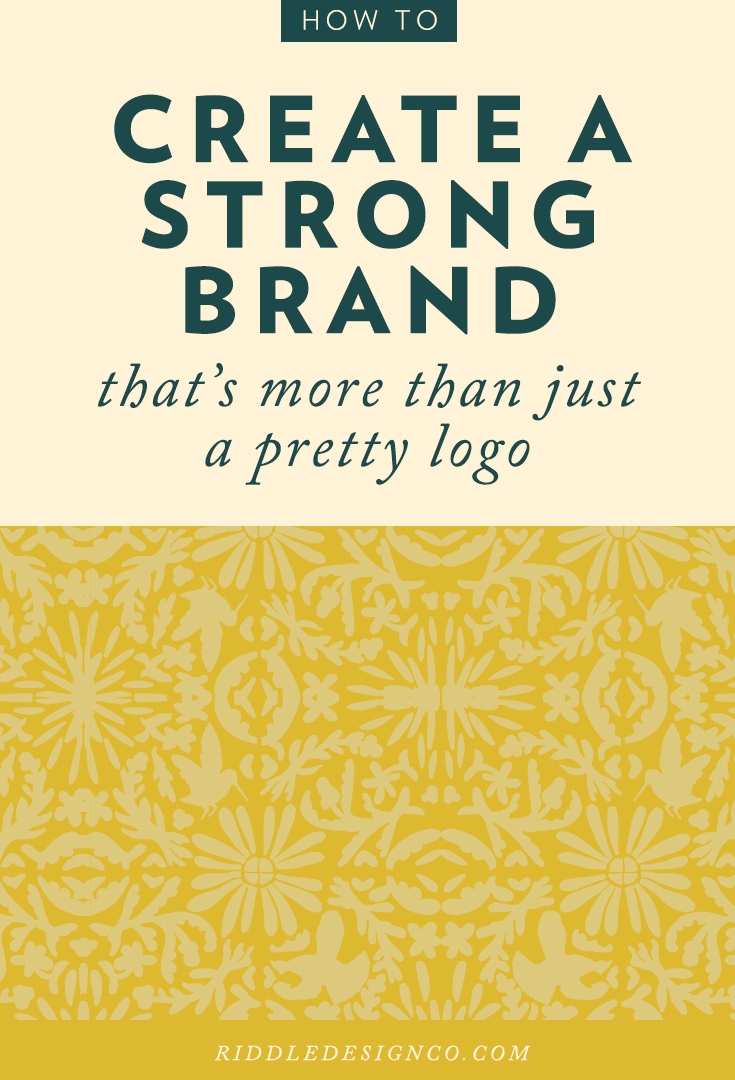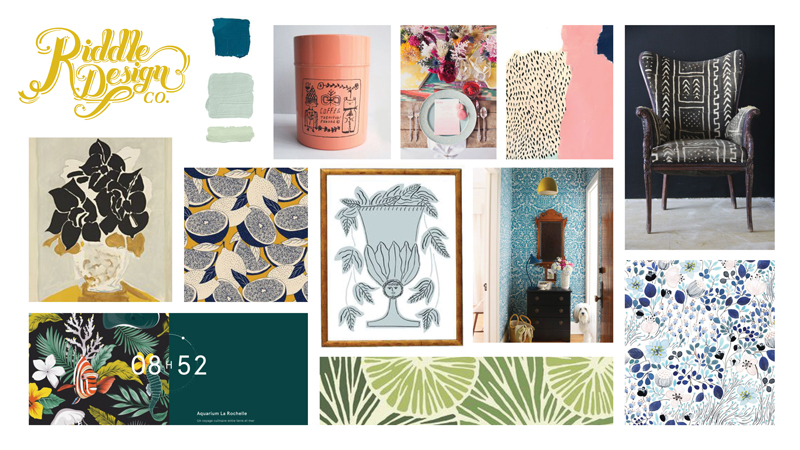How to Create a Strong Brand (that's more than just a pretty logo)
Your brand is NOT your logo.
Often, I hear, “I’m launching my business and need a logo. All I need is a logo.” Yes, that’s true you need a logo but your logo is a very small part of your overall brand story. Why do you need to tell a brand story, you ask? As consumers, we are inundated with many different businesses and brands within the same category. If you want to stand out, you need to speak to your ideal customer so that they know you, love you, are your fan and ultimately, purchase from you.
So what makes up a brand? It’s should be a very sensory experience, really.
Your brand is:
• How your business and product looks
• How your business feels
• How your business sounds and smells in store or at your stand
• How your business tastes (that one is obvious if you’re in food & bev)
• Your logo
• Your color palette
• Your type treatments
• Your graphic elements and styling
• Your photography
• The tone of your copy in social media, print, and online
• The way you package your product (from the labels to the carrier)
• The appearance of your store or farmer’s market stand
• The smells and sounds of your store or display
• The graphics on the wall
• The customer service online and in person.
All of these elements work together to create a perception in your customer’s mind and create the complete story of your brand. It’s either one that they like, or one they don’t like. Let’s make sure your ideal customer likes what you’re putting out there.
Below is a peek into my initial process for creating a brand when working with a new client. I like my clients work through these steps too so both my client and I have a strong sense of who their ideal customer is and what will appeal to him or her.
1. Get clear on your product, service or offering.
How would you describe it briefly to a person you just met? How would you describe it if you had a couple of minutes to explain. It’s important that you can clearly communicate what you are selling so that your audience immediately gets it. You want to make sure there is no confusion or question about what you do.
2. Research your industry and competition
Get an understanding of what is already on the market. Take a look at process, services, technique, pricing, language, presentation–anything you can find out about what others are doing. Don’t copy anyone else, but learn from what works/what doesn’t work, how can you differentiate yourself. Discover what’s missing in the marketplace. Learn how you can better serve your customer and their needs. Reach out to your competitors, introduce yourself and make friends. You can often help each other out, commiserate, and build up your industry together. You don’t have to be enemies.
3. Visualize where you want your business to be in 1 year, 5 years,
20 years
This will help you think long term, work through a process thoughtfully so that you can build a brand that will last 20 years. You really want to know who you are/what your business is when you get started. You and your business are bound to evolve over the years, so refining things as you go is a great idea. You just don’t want to grow a following and massively change your look and feel too far down the road. Know who you are and how you want to show up for your ideal customer.
4. Define your dream customer
Spend time on this area. You’ll want to think about your dream customer in every single thing you do and make. Who is your dream customer? Create one person. You can’t be everything to everybody. This is so easy to forget but try not to get tempted to try to attract everyone. When I worked in advertising, there was nothing more frustrating than getting a design brief that had a target audience of male and females 21-55. Oh, and also male and females 61-85. That’s basically the entire adult population. And the entire adult population is very, very different and not everything will appeal to all of them.
Your ideal customer is one person who represents a larger audience but this will make it easier to think about what he/she wants to hear or see. Really get to know that customer, give them a name. How old are they? What kind of background and education do they have? Where do they live? What do they do? Where do they shop? How do they shop? How do they make buying decisions? How do they decorate their homes? What do they do for fun? What brands do they follow on social media, and what products do they purchase without question? What shows do they watch? What do they eat/drink? Where do they like to go for dinner? What are their pain points? How can you help them in their daily life?
Branding inspiration board for Riddle Design Co.
5. Gather inspiration
Now that you understand who your dream customer is, take some time to think about what brands, designs, language he/she is drawn to. Dig around on Pinterest. Follow hashtags on Instagram. Visit some of the stores your customer likes to shop. Are they doing their grocery shopping at Whole Foods? If yes, take a look at the packaging in store? What kind of products are they buying? Do you see any unique packaging elements or printing techniques that stand out? Are there ways you can make your packaging unique and enhance your product? Keep your inspiration in a folder. Share it with your designer. Don’t copy anything. But just get further into the mind of your customer so you can understand what her or she likes.


